
Green beans, also known as French beans, string beans, snap beans, or Phaseolus vulgaris L. (for us science nerds) are odd-ball members of the legume (Fabaceae) family. Compared to most other legumes, green beans (and fresh peas) are harvested for their fresh pods, as opposed to dried seeds as in other legume varieties such as lentils or black beans. As such, their “seeds” are soft when raw, and due to their unripe or immature state, are lower in mineral binding phytates.
Green beans are also known as French beans, string beans, or snap beans.
This veggie originated in Central and South America, and has been cultivated in Peru and Mexico going back thousands of years. After being introduced to North America, Native Americans planted beans with corn and squash, dubbed the “Three Sisters” since these plants thrive together much like inseparable sisters (well, in some families!). The corn stalks provided support for the beans, while the low-growing squash shaded the ground to prevent moisture loss and discourage pests. The beans made nitrogen readily available for the other plants, completing the perfect balance of companion planting. Today 24 million tons of beans are grown world-wide!
Nutrivore Score for Green Beans – 605
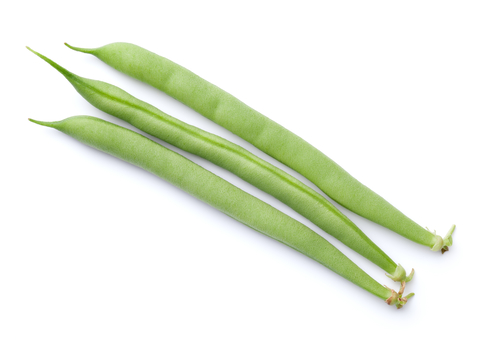
Green beans have a Nutrivore Score of 605, making them a high nutrient-dense food! Plus, they are a low-carb and low-calorie-density food; the calorie count of green beans is just 31 calories per cup!
Per serving, green beans are an excellent source (20-50% daily value) of vitamin K; and a good source (10-20% daily value) of carotenoids, dietary fiber, and vitamin C.
Ditch Diets. Embrace Nutrients. Start with this FREE Guide.
Sign up for the free Nutrivore Newsletter, your weekly, science-backed guide to improving health through nutrient-rich foods — without dieting harder —and get the Beginner’s Guide to Nutrivore delivered straight to your inbox!

Green Bean Nutrition Facts
One serving of green beans is standardized to 1 cup, chopped or about 100 grams (3.5 ounces). A typical green bean (4″ long) weighs 5.5 grams, which means: one serving of green beans is approximately equivalent to 18 green beans (4″ long). When you cook green beans, they reduce in volume: 1 cup raw green beans is roughly equivalent to a little more than 3/4 cup boiled green beans.
Green Bean Nutrition Facts Per Serving
| Green beans, raw | Nutrivore Score: 605 | Nutrient Density: High |
|---|---|---|
| Serving Size: 1 cup, chopped (100 grams) | Protein: 1.8 grams | Net Carbohydrates: 4.3 grams |
| Calories: 31 | Total Fat: 0.2 grams | Dietary Fiber: 2.7 grams |
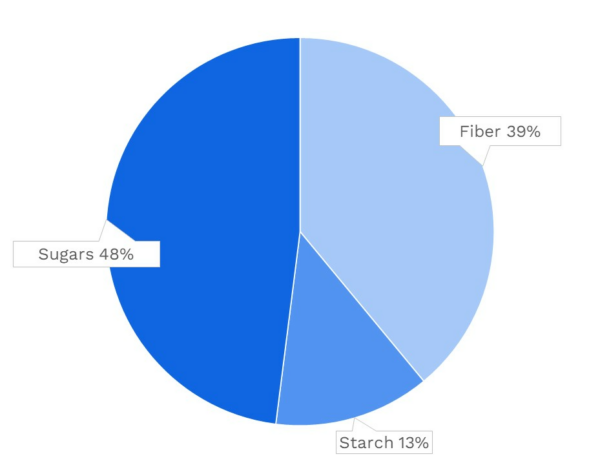
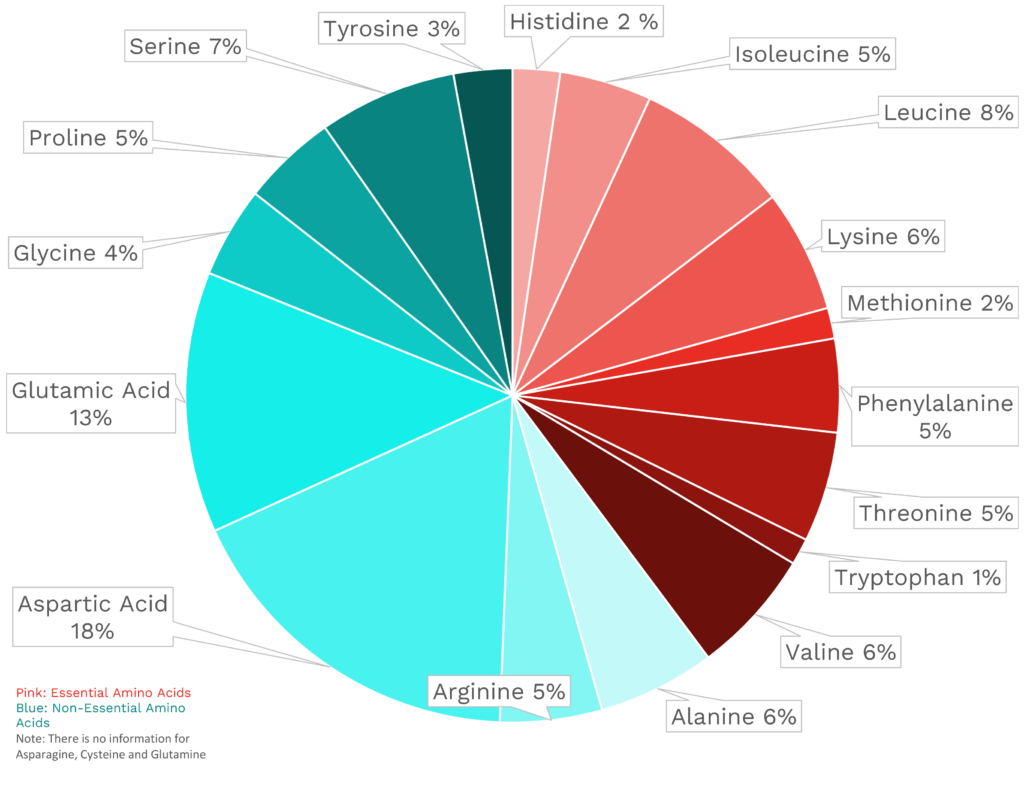
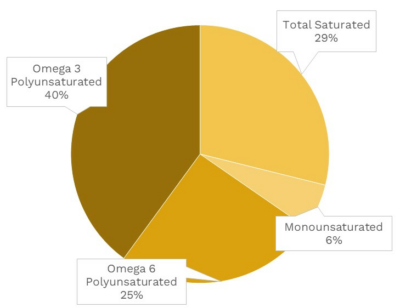
| VITAMINS | ||
|---|---|---|
| Vitamin A | 35.0 μg RAE | 4% DV |
| Vitamin B1 (Thiamin) | 82.0 μg | 7% DV |
| Vitamin B2 (Riboflavin) | 104.0 μg | 8% DV |
| Vitamin B3 (Niacin) | 0.7 mg | 5% DV |
| Vitamin B5 (Pantothenic Acid) | 0.2 mg | 5% DV |
| Vitamin B6 (Pyridoxine) | 141.0 μg | 8% DV |
| Vitamin B7 (Biotin) | 0.7 μg | 2% DV |
| Vitamin B9 (Folate) | 33.0 μg | 8% DV |
| Vitamin B12 (Cobalamin) | 0.0 μg | 0% DV |
| Vitamin C | 12.2 mg | 14% DV |
| Vitamin D (D2 + D3) | 0.0 μg | 0% DV |
| Vitamin E | 0.4 mg | 3% DV |
| Vitamin K | 43.0 μg | 36% DV |
| Choline | 15.3 mg | 3% DV |
| Myo-Inositol | 105.0 mg | ~ |
| CoQ10 | ~ | ~ |
| FUNCTIONAL FATS | ||
|---|---|---|
| MUFA | 0.0 g | 0% DV |
| ALA | 69.0 mg | 4% DV |
| EPA + DHA | 0.0 mg | 0% DV |
| CLA | ~ | ~ |
| Linoleic Acid | 0.0 g | 0% DV |
| MCT’s | 0.0 g | ~ |
| MINERALS | ||
|---|---|---|
| Calcium | 37.0 mg | 3% DV |
| Copper | 69.0 μg | 8% DV |
| Iodine | ~ | ~ |
| Iron | 1.0 mg | 6% DV |
| Magnesium | 25.0 mg | 6% DV |
| Manganese | 216.0 μg | 9% DV |
| Phosphorus | 38.0 mg | 3% DV |
| Potassium | 211.0 mg | 4% DV |
| Selenium | 0.6 μg | 1% DV |
| Sodium | 6.0 mg | 0% DV |
| Zinc | 0.2 mg | 2% DV |
| PHYTONUTRIENTS | ||
|---|---|---|
| Carotenoids | 1088.0 μg | ~ |
| Polyphenols | 45.8 mg | ~ |
| Phytosterols | 12.4 mg | ~ |
| Glucosinolates | ~ | ~ |
| Thiosulfinates | ~ | ~ |
| Betalains | ~ | ~ |
| AMINO ACIDS & PEPTIDES | ||
|---|---|---|
| Taurine | ~ | ~ |
| Ergothioneine | ~ | ~ |
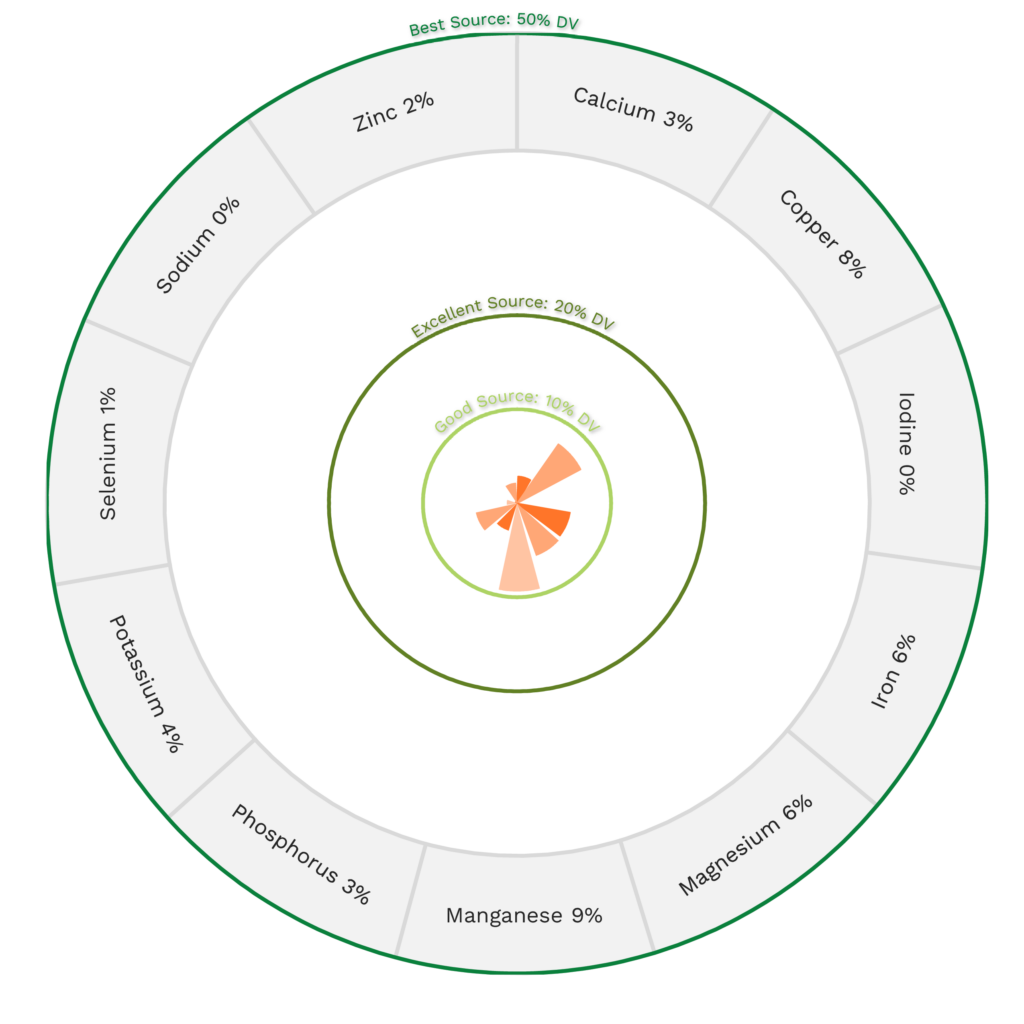
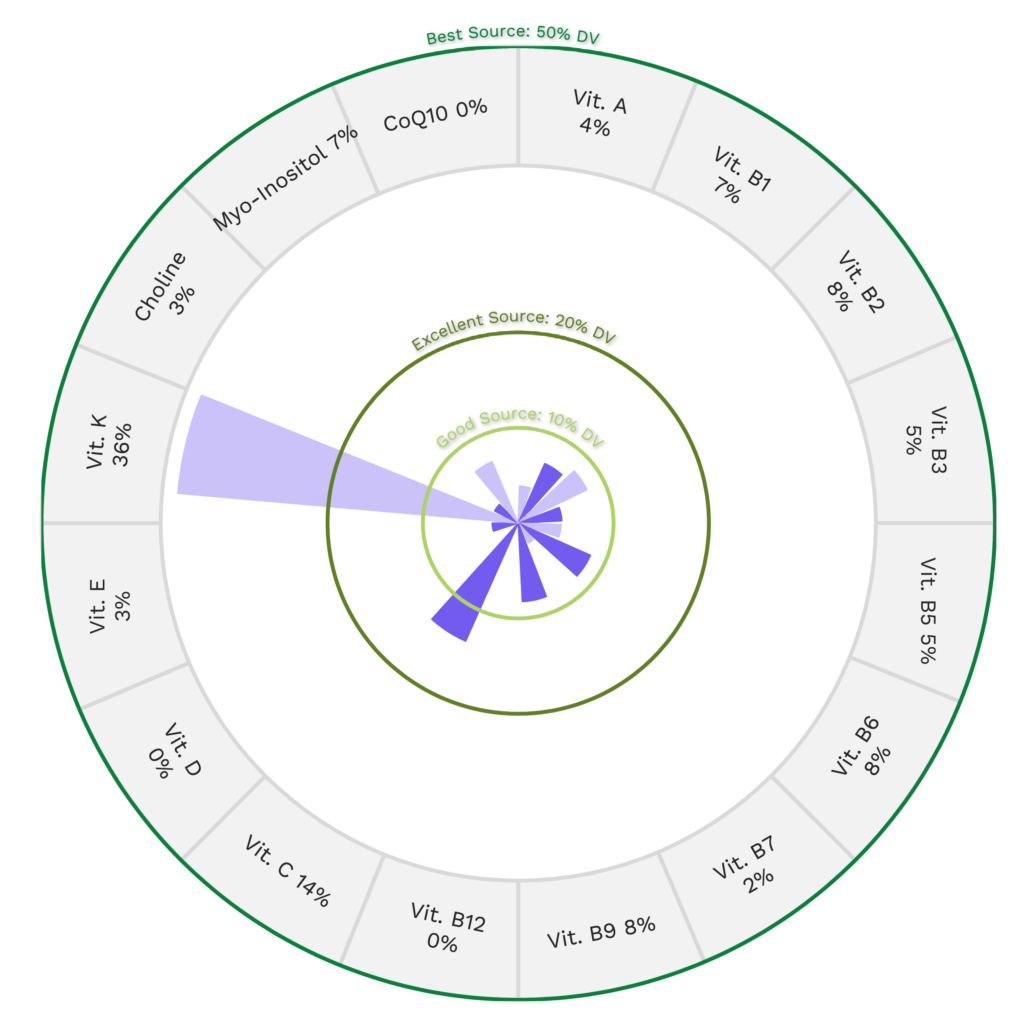

Green Bean Nutrition Varies With Cooking and Processing
The Nutrivore Score of green beans varies depending on the method of preparation and processing. For instance, frozen and canned green beans are convenient options available year-round at your local grocery store. These are great options since green beans are highly perishable and have a limited shelf-life.
| NUTRIVORE SCORE | |
|---|---|
| Green beans, canned, no salt added, drained solids | 576 |
| Green beans, canned, no salt added, solids and liquids | 676 |
| Green beans, canned, regular pack, drained solids | 588 |
| Green beans, canned, regular pack, solids and liquids | 661 |
| Green beans, cooked, boiled, drained, with salt | 516 |
| Green beans, cooked, boiled, drained, without salt | 513 |
| Green beans, frozen | 4771 |
| Green beans, frozen, cooked, boiled, drained without salt | 513 |
| Green beans, frozen, cooked, boiled, drained, with salt | 517 |
| Green beans, microwaved | 622 |
| Green beans, raw | 605 |
Have you “bean” impressed by the nutrition in green beans? Maybe your friends will be too!
Health Benefits of Green Bean Nutrients
Let’s take a closer look at all of the best and excellent source of nutrients found in a 1-cup serving of green beans and see how they benefit our health.
Green Beans Provide 36% DV Vitamin K
Green beans are an excellent source of vitamin K, providing 36% of the daily value per 1-cup serving!
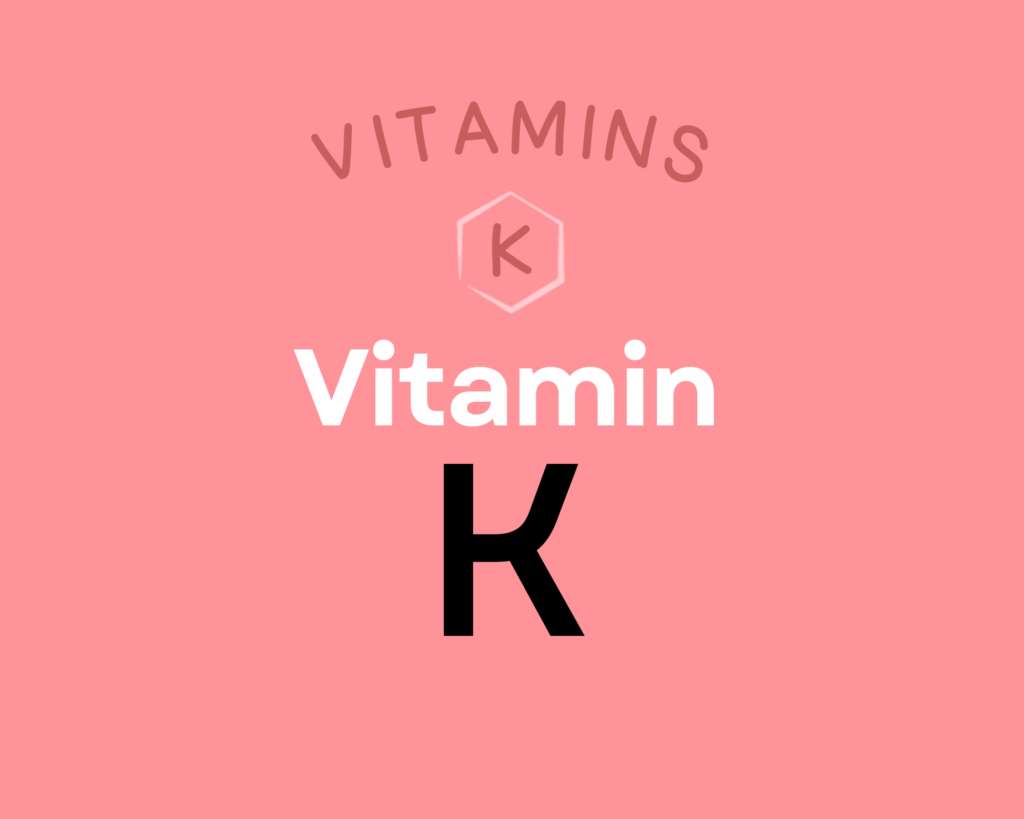
Vitamin K is actually a group of fat-soluble vitamins with a similar molecular structure, existing as K1, multiple isoforms of K2, and the synthetic form K3. This nutrient plays a vital role in coagulation, due to serving as a cofactor for proteins needed for blood clotting; it’s also essential for bone metabolism, cellular function, and the prevention of soft tissue calcification. Getting enough vitamin K2 can help protect against cardiovascular disease, may improve bone mineral density and skeletal health, and may even support endocrine function and brain health; there’s also some limited evidence it has anti-cancer and anti-inflammatory properties. Learn more about vitamin K here.
Want to know the top 500 most nutrient-dense foods?
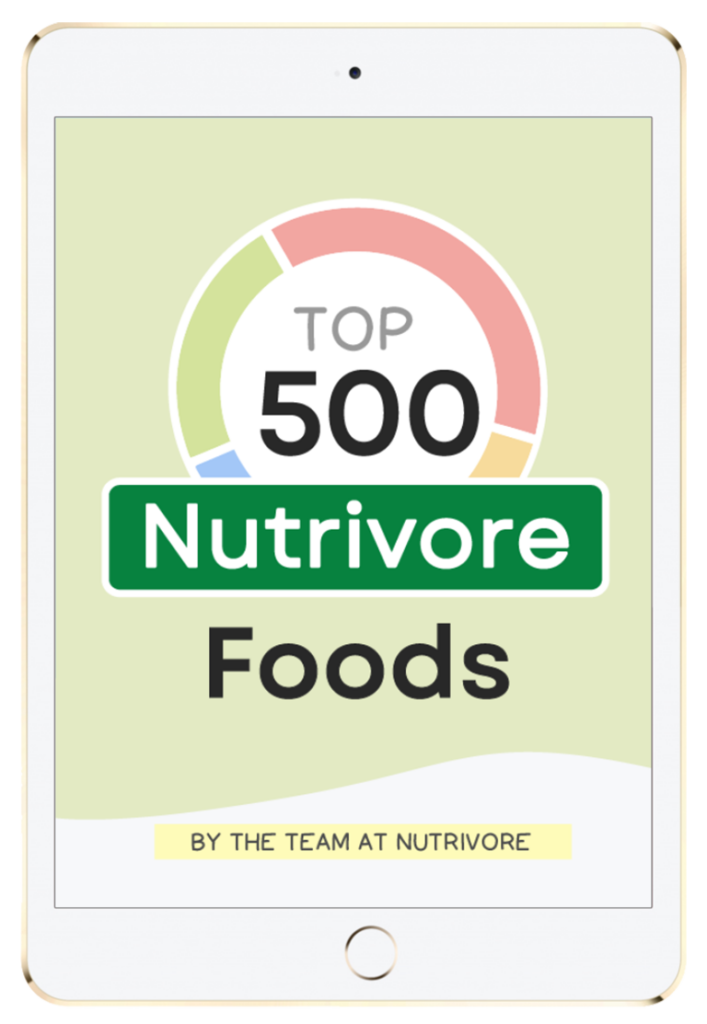
Top 500 Nutrivore Foods
The Top 500 Nutrivore Foods e-book is an amazing reference deck of the top 500 most nutrient-dense foods according to their Nutrivore Score. Think of it as the go-to resource for a super-nerd, to learn more and better understand which foods stand out, and why!
If you are looking for a quick-reference guide to help enhance your diet with nutrients, and dive into the details of your favorite foods, this book is your one-stop-shop!
Buy now for instant digital access.
How Much Green Beans Should We Eat Per Day?
It’s not easy being green, but this veggie makes it look like a “snap”! Delicious, nutritious, and versatile, green beans are a worthy addition to our plate.
Every serving of fresh, whole vegetables or fruit we eat daily reduces the risk of all-cause mortality by 5% to 8%, with the greatest risk reduction seen when we consume five or more servings per day. In fact, consuming 800 grams of vegetables and fruits daily reduces all-cause mortality by 31% compared to eating less than 40 grams daily. A 2017 meta-analysis showed that 2.24 million deaths from cardiovascular disease, 660,000 deaths from cancer, and 7.8 million deaths from all causes could be avoided globally each year if everyone consumed 800 grams of veggies and fruits every day.
Eating vegetables and fruit in abundance lowers risk of cancer, cardiovascular disease, type 2 diabetes, obesity, chronic kidney disease, osteoporosis and bone fragility fractures (including hip fracture), cognitive impairment and dementia (including Alzheimer’s disease), neurodegenerative diseases, asthma, allergies, chronic obstructive pulmonary disease, age-related macular degeneration, cataracts, glaucoma, depression, ulcerative colitis and Crohn’s disease, rheumatoid arthritis, inflammatory polyarthritis, non-alcoholic fatty liver disease, acne, seborrheic dermatitis, and lowers markers of inflammation. Learn more in Importance of Vegetables and Fruit.
Covering half of your plate with a variety of vegetables (and three quarters of your plate if your starchy food is a root vegetable or winter squash) at each meal is a simple way to easily achieve the goal of 5 or more servings of vegetables daily.
Green beans have been classified in the top 10 common vegetables when it comes to antioxidant content and activity and have been shown to help lower cholesterol, and reduce the risk of stomach and prostate cancers. It’s always best to mix up the veggies you eat day to day (aiming for a wide variety of different vegetables and fruits throughout the week), and green beans definitely have a place at the table.
Easily track your servings of Nutrivore Foundational Foods!

The Nutrivore Weekly Serving Matrix
The Nutrivore Weekly Serving Matrix digital resource is an easy-to-use and flexible weekly checklist designed to help you maximize nutrient-density and meet serving suggestions of Nutrivore foundational foods, all without having to weigh or measure your foods!
Includes a 22-page instructional guide and downloadable interactive guides.
Buy now for instant digital access.
Citations
Expand to see all scientific references for this article.
Abu-Reidah IM, Arráez-Román D, Lozano-Sánchez J, Segura-Carretero A, Fernández-Gutiérrez A. Phytochemical characterisation of green beans (Phaseolus vulgaris L.) by using high-performance liquid chromatography coupled with time-of-flight mass spectrometry. Phytochem Anal. 2013 Feb;24(2):105-16. doi: 10.1002/pca.2385. Epub 2012 Jul 24. PMID: 22826178.
Clements RS Jr, Darnell B. Myo-inositol content of common foods: development of a high-myo-inositol diet. Am J Clin Nutr. 1980 Sep;33(9):1954-67. doi: 10.1093/ajcn/33.9.1954. PMID: 7416064.
Frida Food Database. National Food Institute, Technical University of Denmark: Beans, green, raw
Phenol-Explorer: Green bean, raw
Piironen V, Toivo J, Puupponen-Pimia R, Lamp AM. Plant sterols in vegetables, fruits and berries. Journal of the Science of Food and Agriculture. 2003. Vol 83(4):330-337. doi:10.1002/jsfa.1316
USDA Food Central Database: Beans, snap, green, raw
Watanabe T, Kioka M, Fukushima A, Morimoto M, Sawamura H. Biotin content table of select foods and biotin intake in Japanese. Int J Anal Bio-Sci. 2014. Vol 2(4):109-125.


